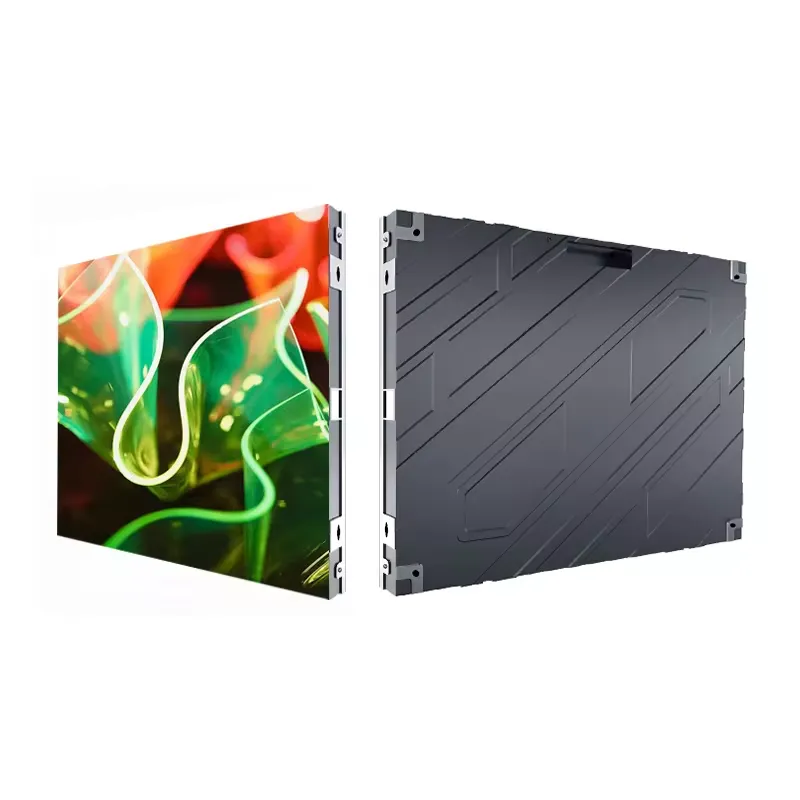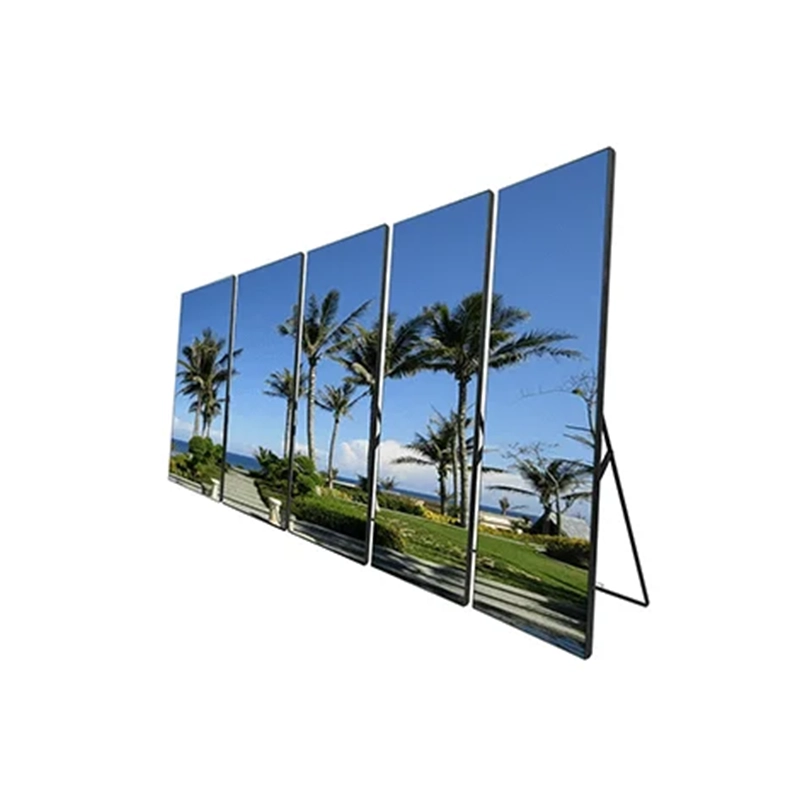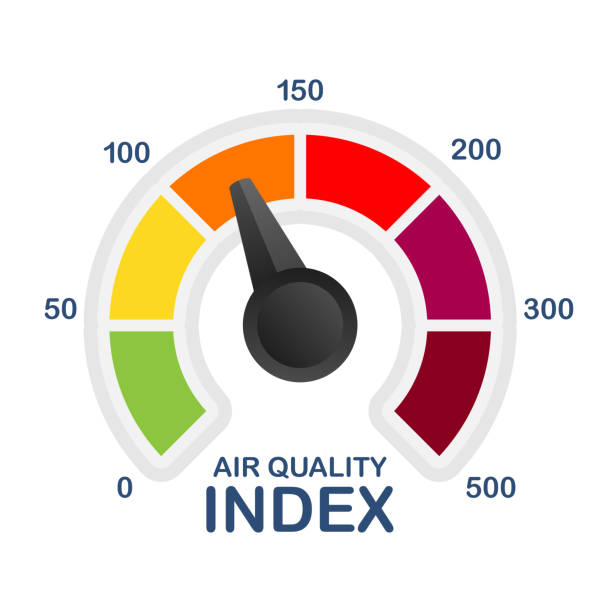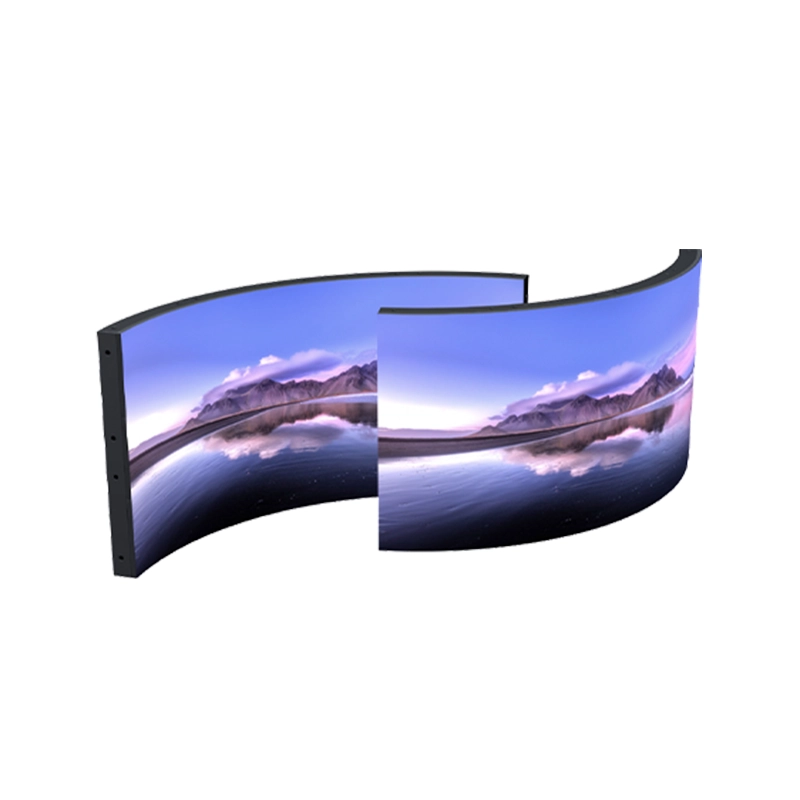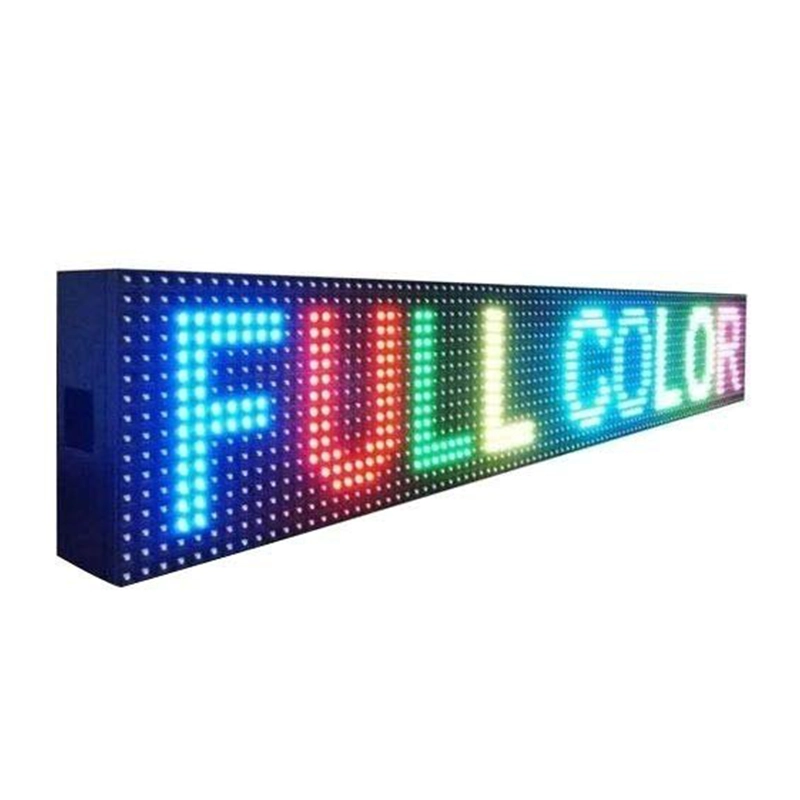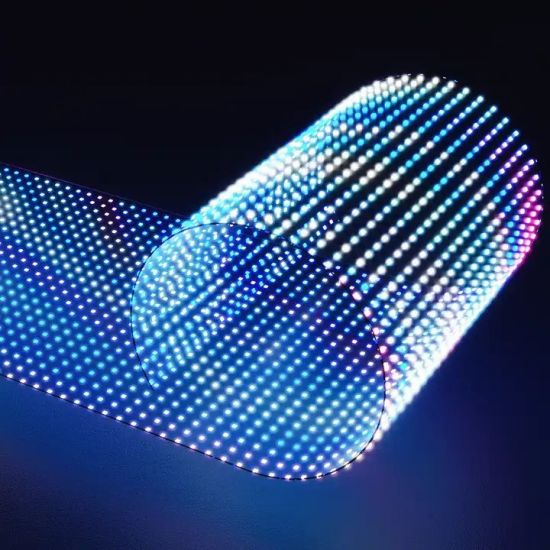What is Pixel Pitch?
Pixel pitch refers to the distance between the centers of two adjacent pixels on a display, usually measured in millimeters (mm). Essentially, it tells you how tightly packed the pixels are on the screen. A smaller pixel pitch means the pixels are closer together, resulting in a higher resolution and sharper image. Conversely, a larger pixel pitch suggests that the pixels are spaced farther apart, which can affect the visual quality, especially when viewed up close.
Why Pixel Pitch Matters?
Pixel pitch is crucial because it directly influences the viewing experience. Screens with a low pixel pitch offer finer details and are perfect for close-up viewing, such as smartphones, laptops, or indoor LED displays. On the other hand, displays meant for outdoor advertising or large stadium screens often have a higher pixel pitch since they are viewed from much farther distances. In such cases, a larger pixel gap isn’t noticeable to the human eye.
Choosing the Right Pixel Pitch
Selecting the appropriate pixel pitch depends largely on the intended viewing distance. For example, if a display will be viewed from only a few feet away, like a retail kiosk, a pixel pitch of 1mm to 2mm is ideal. However, for digital billboards viewed from hundreds of feet away, a pixel pitch of 10mm or more is typically sufficient. Understanding the viewing environment ensures that the display looks clear without unnecessarily driving up costs by opting for an unnecessarily small pixel pitch.

